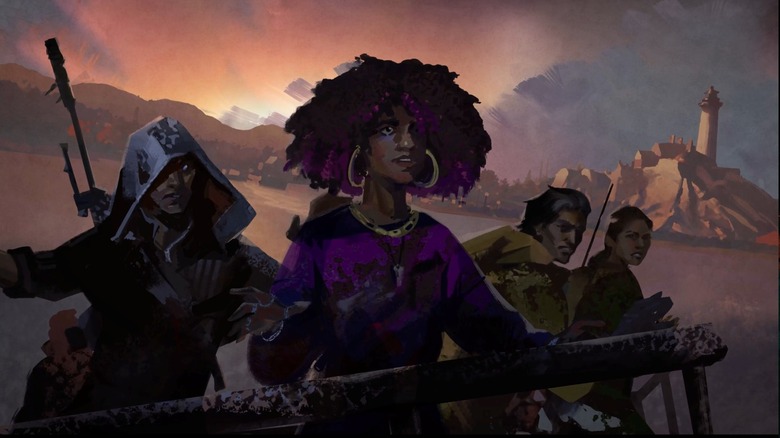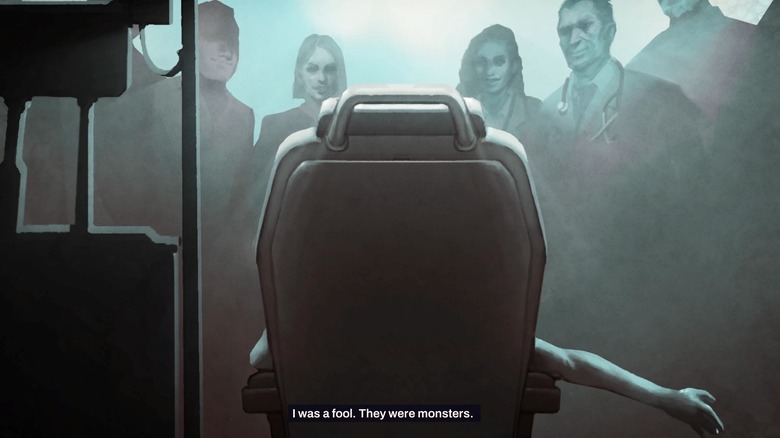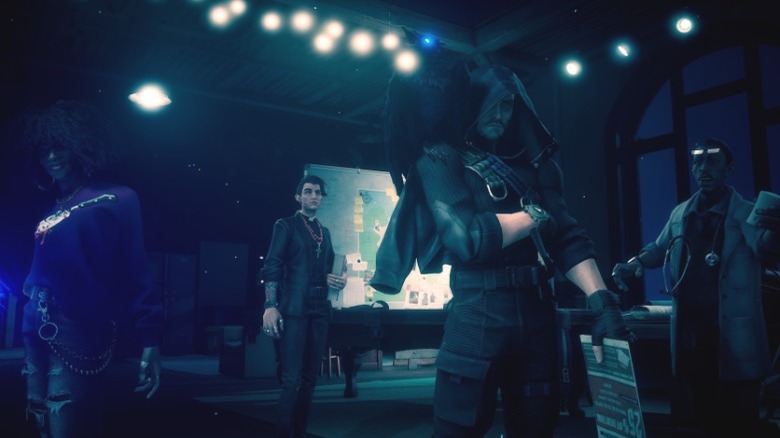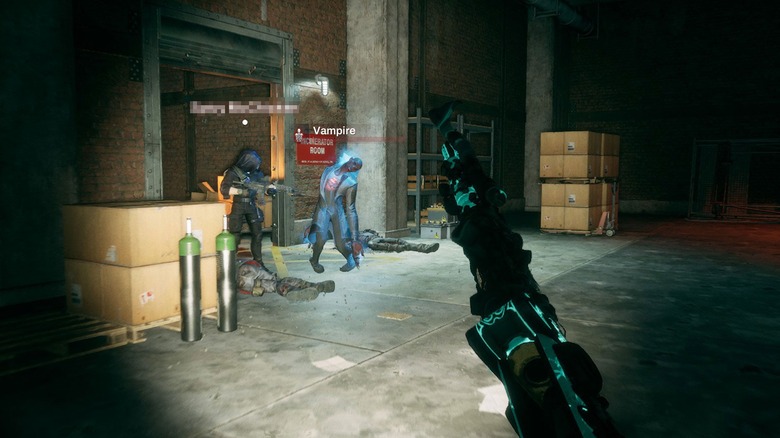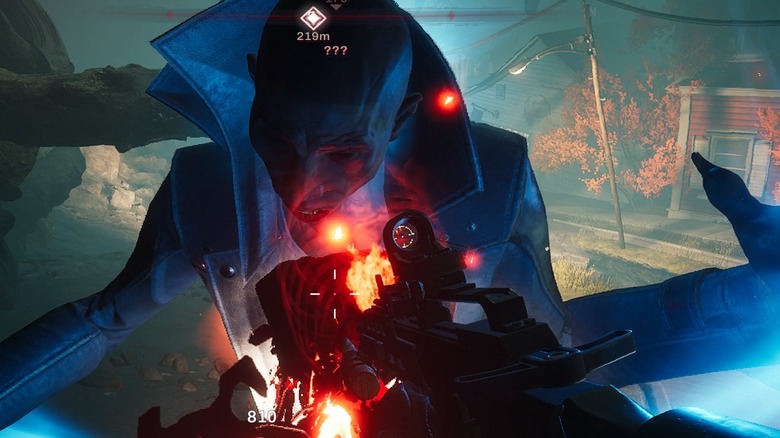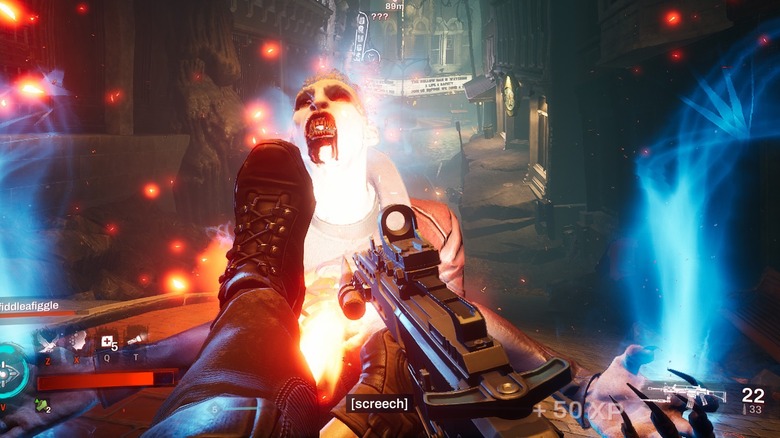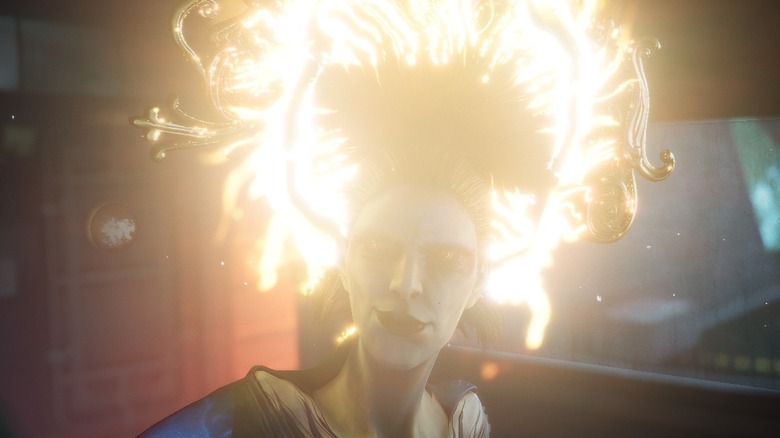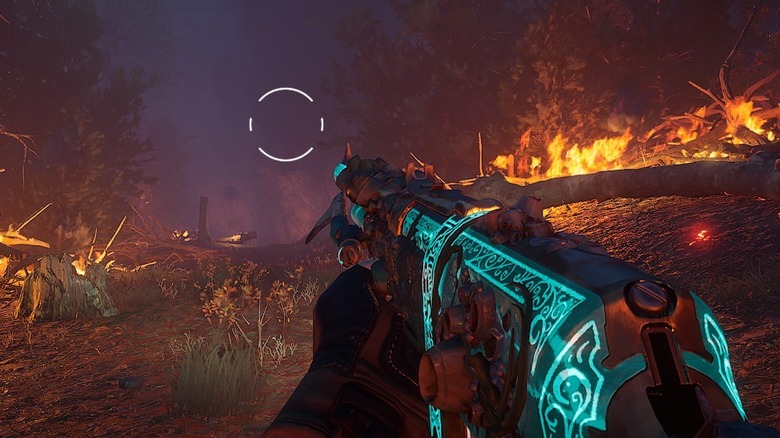Redfall Review: A Formulaic FPS Without Surprises
- Classic FPS thrills
- Bottomless armory inventory
- Long, rich campaign with plenty of side quests
- Narrative isn't groundbreaking
- Graphics are a letdown
The game "Redfall" was developed by the accomplished Arkane Studios Austin and published by Bethesda Softworks and has been highly anticipated since its release was delayed last fall. This game is a first-person shooter and an action-adventure game focusing on vampire hunting, and it's scheduled to be released at the same time as the first wave of reviews — including this one — on May 1, 2023. Gamers can play this title on Xbox Series X, Xbox Series S, and PC.
After Microsoft purchased Bethesda and Arkane back in 2020 this developer-publisher duo appears to remain under some scrutiny regarding how game development and quality are impacted, if at all. And while the Microsoft purchase certainly hasn't made the delivery of Bethesda games any more timely, now that "Redfall" is finally here, the question now becomes whether Arkane can weave a unique fabric from arguably overdone storytelling material — vampires, that is.
Bethesda provided download codes for "Redfall" for the purpose of this review. This review was conducted with the PC version of the game "Redfall."
A narrative with the lore to back it
Perhaps one of the biggest hurdles to overcome when developing a work of science fiction — especially tropes that share no possible overlap with reality like vampire infestations — is convincing the reader, viewer, or player that the impossible has become possible. The developers justify the vampires' existence in the classic humanity-took-it-too-far-in-the-laboratory way and provide a lot of cinematic cutscenes, items, and landmarks throughout the map that can trigger informational narratives, and NPC conversations to develop the lore necessary for pulling narratives like this off.
The developers made sure that most questions were left unanswered about why these heroes are here, how the vampires came about, etc — but we were left to speculate how it's possible that the vampires could block out the sun for just one town and no one else, and why there wasn't a massive government effort to save Redfall, in the amount of gameplay that we completed (this could be answered later on in the campaign but we played for over eight hours and didn't see an explanation). In the number of game campaigns we've completed for this testing, the storyline was impressive in depth and scope but not originality. Any points awarded to "Redfall's" narrative are for effort in curation, not for groundbreaking ideas. But if you, like us, don't see an issue in walking a familiar path with the occasional intercept of corniness, then you'll have no issue.
Most Redfall heroes are a blast to play
You can play through the "Redfall" campaign on your own, but the game is optimized for co-op groups ranging from two to four players. Each player picks one of four heroes; as to be expected, each one offers a specialty, whether it be sniping or explosives, or telekinetic powers. One component of the co-op play that we really enjoyed was the ability to strengthen your overall group's effectiveness by building trust — which is done by overcoming enemies and challenges together. While each player's abilities follow a logical sense of improvement as you level up and they are meant to complement each other in co-op play, some heroes are more capable than others.
Most notably, our complaint lies with the deadweight that is Layla Ellison; this hero is a college student that finds herself with mind powers. Her most (and only) functional ability is Vampire Ex-boyfriend, which spawns Layla's bloodsucking former flame to fight the good fight for a few moments. Her other abilities are casting an umbrella and an elevator with her mind. The elevator, which is supposed to be useful for lifting players to new heights, was never used in eight hours of gameplay. And the umbrella is a defensive measure meant to keep adversaries at bay, but only from the front, and weapons are disabled while the umbrella is in use. Imagine walking into a vampire's nest next to a sniper with a killer raven and a war engineer with a remote robot and all you've got is an umbrella.
Bizarrely outdated graphics
Right away from the opening scenes, "Redfall" wasn't the graphics masterpiece we had expected. Some inconsistencies in the artistic style — water that looked like it belonged in a 2000s-era Activision game, trees and landscapes that were lifelike, NPCs so rudimentary looking that they looked like 2D drawings, but so much attention to detail in the clothing on a hero that you can see dirt smudges and frayed fabric — made it impossible to determine whether there was an intentional aesthetic strategy at play here. Overall, these observations lined "Redfall" up with titles a decade its senior, where the next generation of graphics was only making spotty appearances in new games.
In addition, we experienced quite a bit of clipping and other graphic abnormalities during this early testing. A lot of stuttering and lag when first leaving the fire station, which acts as a base and mission starting point, was practically unavoidable as the graphics galloped to keep up. For the first five or so minutes of each mission, missing and half-rendered objects continued to appear despite more-than-capable hardware and connectivity.
Classic first person shooter mechanics
The controls of Redfall, like other first-person shooters, are much less demanding than firsthand combat-heavy games. Melee in this game includes a covert takedown of a foe after sneaking up from behind ... and that's about it. So there aren't many two-part or combo controls to learn and everything from healing to activating abilities is done with a single button.
So even if "Redfall" is your first-ever shooter game, you'll master the controls pretty quickly. At the moment it would appear that there is no limit to gun inventory — or, at least, we racked up a couple of dozen and were never told that our inventory was full. The game implements a sort of multi-tiered inventory system, where you can make three weapons easily accessible on your person, and all other weapons are available from the loadout screen. Meanwhile, larger firearms like sniper rifles take up nearly a full third of the screen when equipped. This isn't unique to "Redfall," but it's still annoying.
There's plenty to do in the town of Redfall
The main narrative of "Redfall" branches out into multiple campaign arches, so you can focus on a tangent that interests you or bounce from branch to branch. But if you want to wring every possible second of gameplay out of "Redfall," many of the NPCs have side mission requests — there's no shortage of potential goals to accomplish. There are safe houses scattered across the map to unlock, and historical landmarks to help parcel out the map. If you play with a loot goblin (or are one yourself), you'll also spend ages just pillaging the abandoned camps and buildings; salvaged ammo was never in short supply, and it can also be purchased at the base, so you can pump the vamps full of lead to your heart's content.
A great way to rack up XP and level up is by seeking out the vampire nests, which are procedurally generated hotspots where the villains are stronger and in greater numbers.
Not entirely unpredictable challenges
There is some variation to the vampires you encounter, but not the level of imagination and variety we'd expect, given this developer's reputation. Granted, it may be difficult to inject a ton of thrill and unpredictability into a game that focuses solely on one mythical creature. Even though some vampires have different theatrics and attacks, the fundamentals of taking them down are all the same. If you are a player who likes never knowing what's around the corner, "Redfall" might bore you quickly.
In some instances, it seemed that the game design was overpreparing us for all conflict (on the standard difficulty level) by making enemy locations entirely too clear. Standard difficulty also delivered legendary-level guns early on in the game and gave unmissable boundaries to vampire nests. The game would have been so much more thrilling if you "stumbled" into a vampire nest rather than being able to see its bright blue gates from afar.
Of course, you can up the ante with a higher difficulty level. The game offers four: Daylight (easy), Dusk (standard), Midnight (hard), and Eclipse (extra hard). Eclipse can only be accessed after you've completed the campaign once before on a different level.
Familiar if not underwhelming
For the most part, "Redfall" is enjoyable enough to be worth the effort. Its nostalgia for older FPS games was probably unintentional but still pleasant enough. Struggling to stay engaged in the combat is probably remedied by choosing a higher difficulty, and there are a lot of unexpected challenges in store later on in the game's campaign. Arkane didn't deliver as strongly as we'd hoped on graphics, but they do get props for following an FPS formula that they know is successful.
Should you buy "Redfall?" Fortunately for Xbox users, the game is included with a subscription to Xbox Game Pass. Otherwise, it's available for $69.99. There are more compelling vampire survival games out there, and you may even find more unique approaches to the genre from smaller, indie studios, but the cost of "Redfall" matches the value of the game — especially if you're loyal to the Arkane and Bethesda family of games.
It's a great choice if you're looking for a new co-op with tons of lore and a solid 20 or so hours of gameplay to explore. Playing it as a single is difficult but still possible, but less engaging without the camaraderie and humor of your co-heroes.
